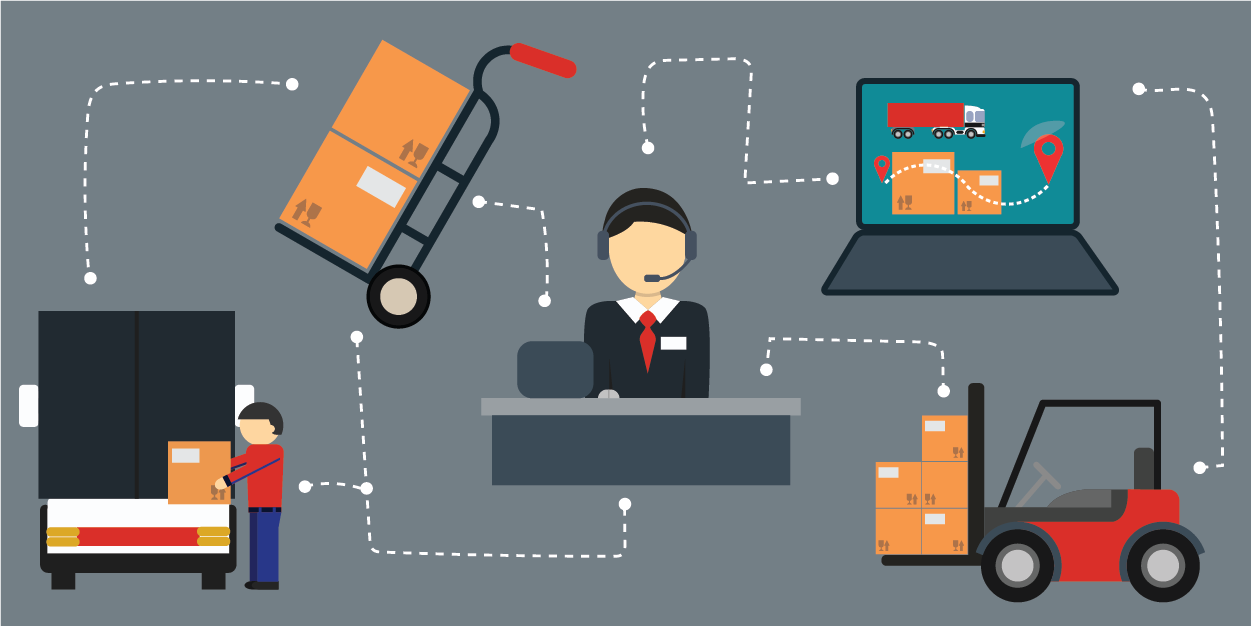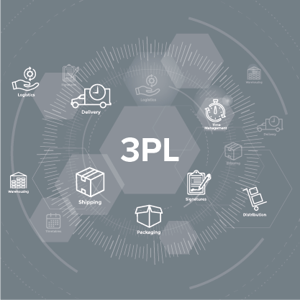 Transportation has always been the cornerstone of the supply chain and arguably its most targeted area when something goes wrong with a shipment. Why is my package late? What is my load’s current location? What is the ETA for my order? These are the daily questions that come from warehouses, distribution centers, and their end consumers – and they’re being asked now more than ever. Answering these questions requires holistic visibility into your supply chain that can only be achieved with the right mix of transportation technology and data management.
Transportation has always been the cornerstone of the supply chain and arguably its most targeted area when something goes wrong with a shipment. Why is my package late? What is my load’s current location? What is the ETA for my order? These are the daily questions that come from warehouses, distribution centers, and their end consumers – and they’re being asked now more than ever. Answering these questions requires holistic visibility into your supply chain that can only be achieved with the right mix of transportation technology and data management.
Seeing is knowing
As supply chains continue to be strained by an unprecedented shift toward online shopping which is even more prevalent due to the COVID-19 Pandemic, visibility and data-driven insights are the most valuable tools for shippers hoping to meet demands, let alone compete in the market. Geo-spatial mapping integrated into Transportation Management Systems (TMS) software and smart devices combined with other input to enhance visibility can allow dispatchers and customers to see where their vehicles, loads, and stops are in real-time. Instead of constant communications back and forth by phone and email, today’s warehouses and dispatchers receive ETA’s from in-vehicle smart devices, allowing participants to efficiently utilize workforces and equipment instead of waiting on information that they can use. Smart devices that were once proprietary hardware are now commodities accessible to all companies, as costs have gone down tremendously in recent years.
Advanced analytics boost visibility 
Leveraging the true power behind your data is the best way to manage disruptions to the supply chain and volatile market conditions. As a result, the transportation industry is currently seeing a huge uptick in predictive and prescriptive analytics to help maximize data insights. These technologies leverage artificial intelligence (AI) and machine learning (ML) models to bring in data from social media, news, events, and weather to recognize disruptions before they happen, resulting in better business decisions at every level. To maximize the power of advanced analytics, AI and ML require volumes of current, complete, and accurate data.
All insights from smart devices and advanced analytics are aggregated by platforms known as control towers, providing a single unified view into supply chain data. Control tower capabilities have broadened exponentially in recent years. They’re now able to collect and analyze millions of data signals from smart devices and multiple systems, covering the entire supply chain, which has been particularly relevant with the increasing need for shippers to ingest and respond to volumes of signals related to the COVID-19 Pandemic.
The future of transportation technology 
While transportation technology has evolved tremendously over the years, there is room for further improvement. Even with end-to-end supply chain visibility and real-time insights, shippers are still struggling to adjust routes in real-time without impacting costs/rates. If a delivery is expected to be late, a new ETA can be given to interested parties, but when that route was planned, it was made to be the most cost efficient and changing it in process will impact a chain of other deliveries. Supply chain companies want to change delivery routes in real time, without impacting other deliveries and ultimately, their costs. With the help of AI and ML modeling, this may be closer to reality than ever before. In times of severe disruption, adaptability like this will be monumental in keeping costs down and shipments on time.
Shipping companies need more than just a TMS. Partnering with a 3PL that has the tools, technology, and expertise to unify warehouse management systems (WMS), labor management systems (LMS), and TMS specified to customer preferences will enable holistic supply-chain management. With people and systems communicating and exchanging real-time information from order to delivery at the SKU level, shippers can effectively manage supply chain disruptions and successfully deliver every load, every day while maintaining a competitive advantage and satisfying customers.
Photo Credit: The Radio Scout

